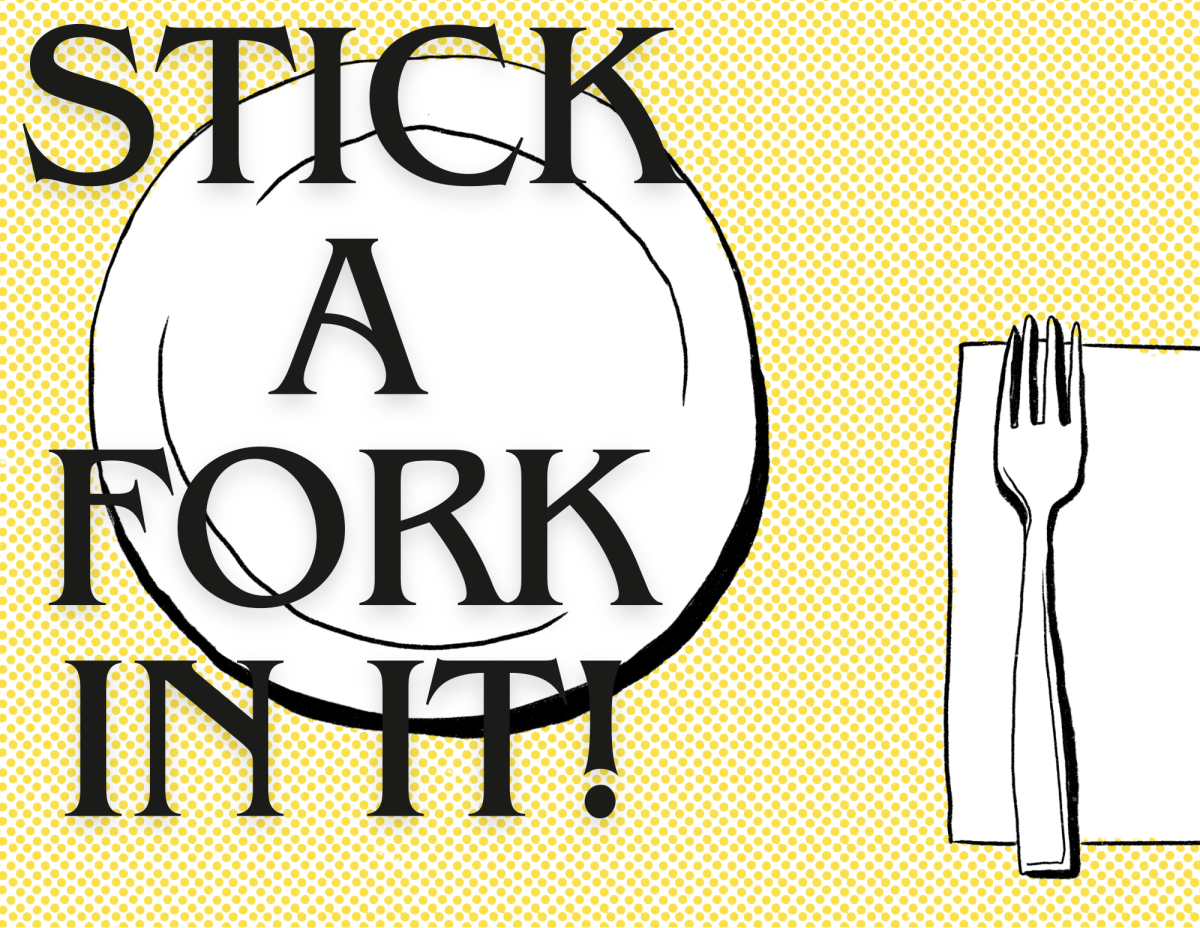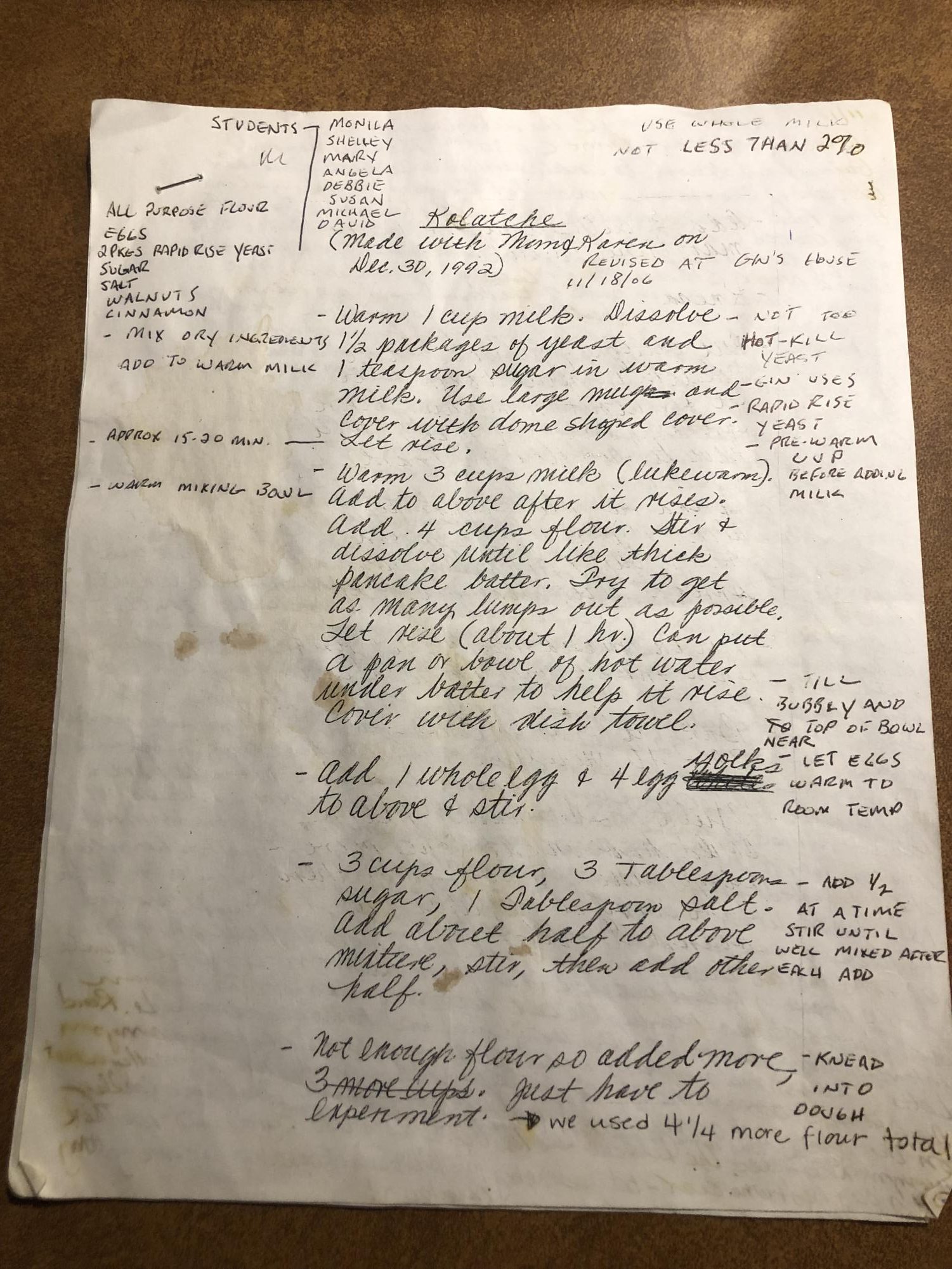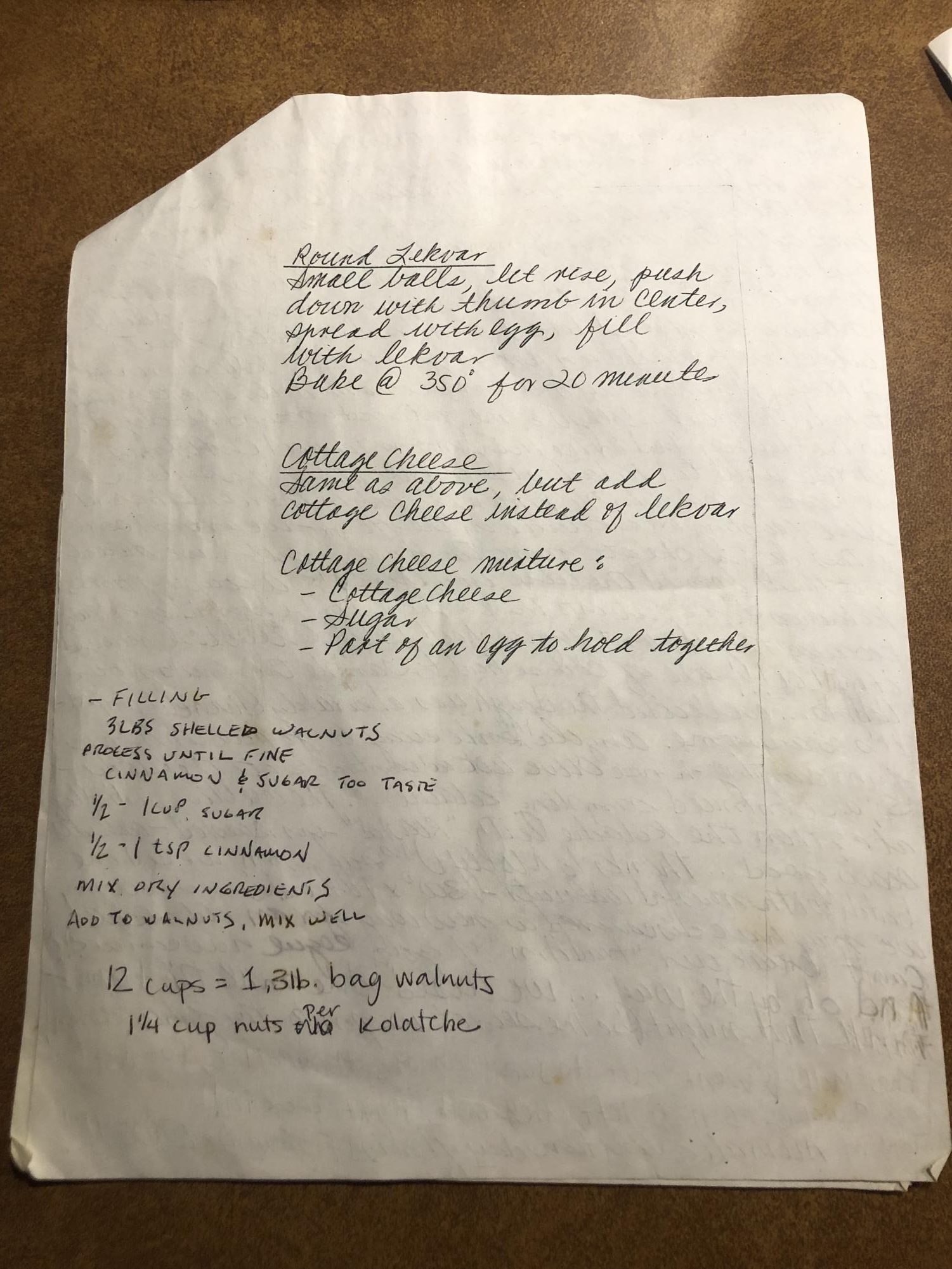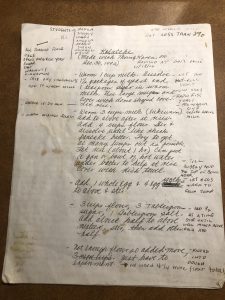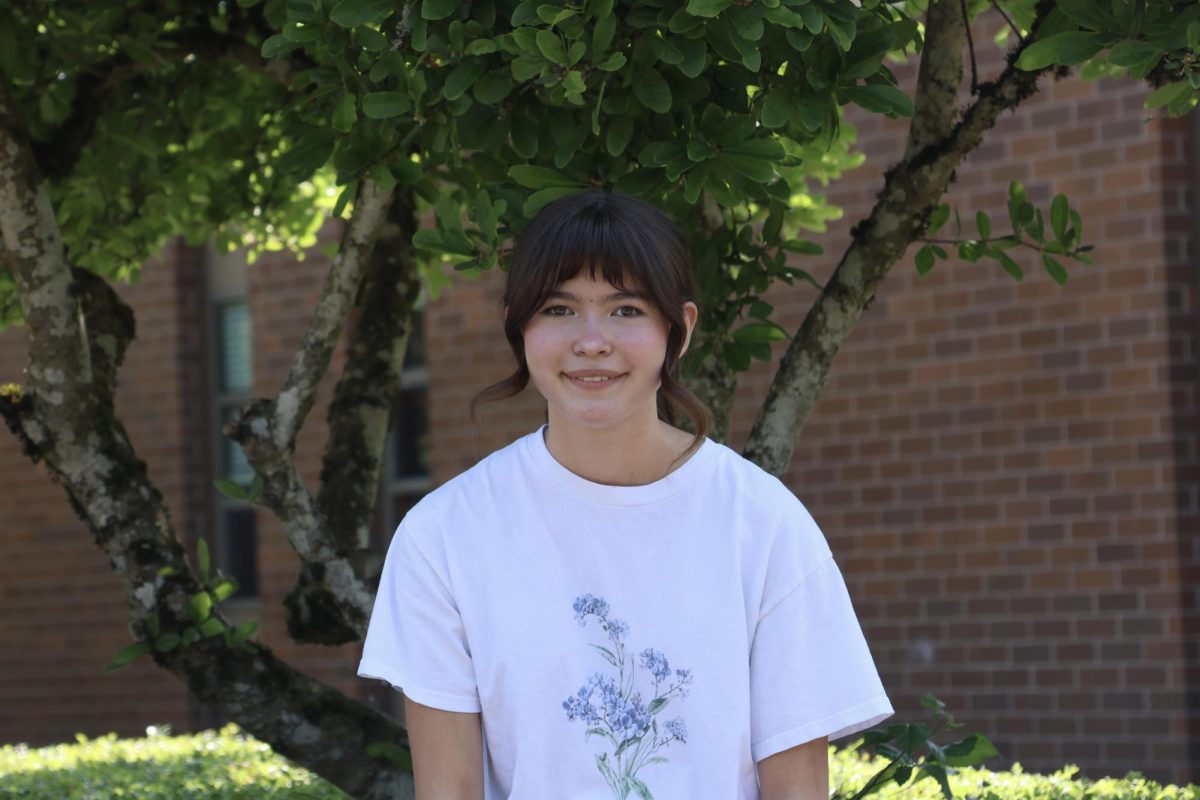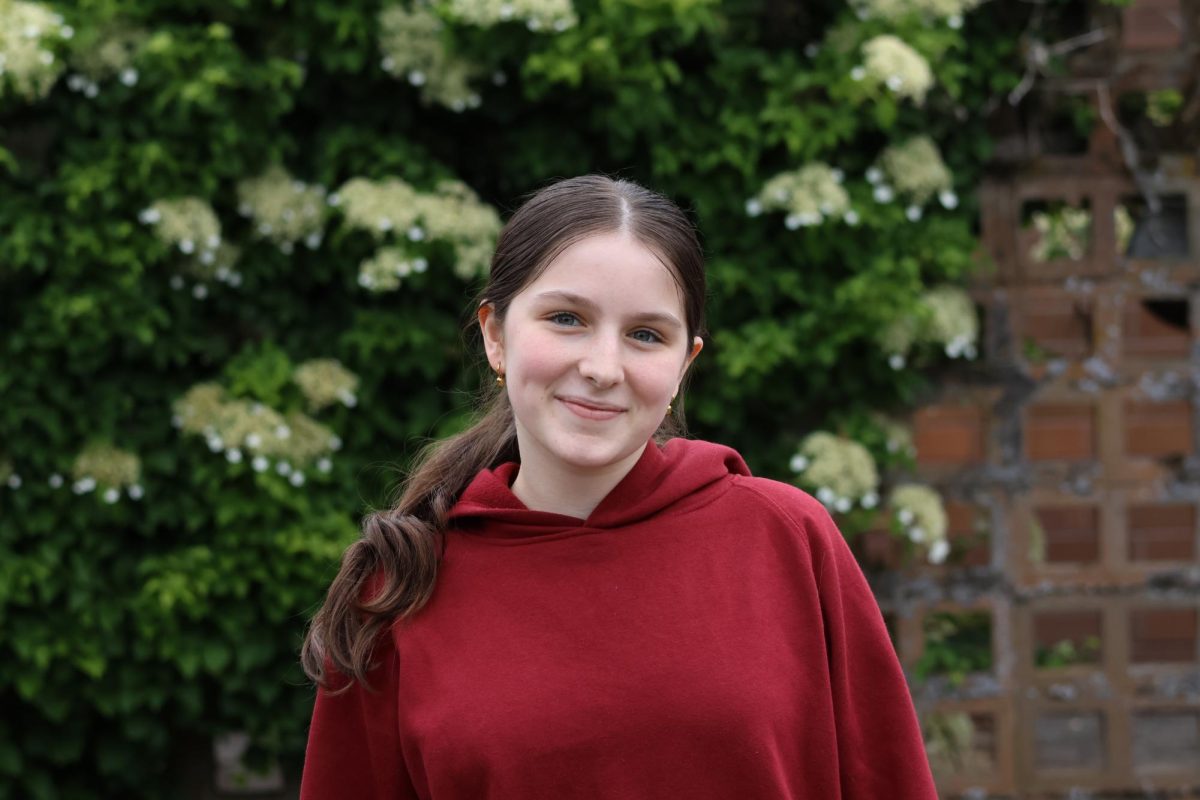Welcome back to Stick a Fork in It, the column where we explore the foods that La Salle loves. Each week’s edition features a different dish volunteered by La Salle’s students and staff.
This week’s dish is sophomore Molly McKinlay’s kolatche. This Czechoslovakian pastry is often spelled “Kolache,” and was popularized in midwestern America through the Czech immigrants that settled there.
The name “Kolatche” evolved from the Czech word “Kola,” meaning “wheels” or “rounds.” The legend of Kolatche says that when a young girl named Lebuse in the Czech Republic was given dough by her mother, she flattened it and put plums in the middle before sticking it in the oven. When her father came in from the fields and grabbed the hot cake, the scalding juice sprayed all over him. In pain, he began hopping around the table in a circle and Lebuse laughed and cried out, “Tatinek is making a wheel!”
A version of kolatche that is popular in the Midwest includes meat and other savory fillings instead of the sweet that is the trademark of kolatche. While similar, these are not true kolatche; they are called klobásník. The traditional kolatche that one will find in midwestern bakeries and many Czech communities is a small, round little cake, shaped like the wheel Lebuse’s father made and the middle stuffed with fruit.
The McKinlay family’s kolatche, however, differs from the traditional version. For them, it’s a flaky roll stuffed with brown sugar and walnuts. McKinlay describes it like a cinnamon roll, but long, skinny and about as large as a “footlong Subway sandwich.”
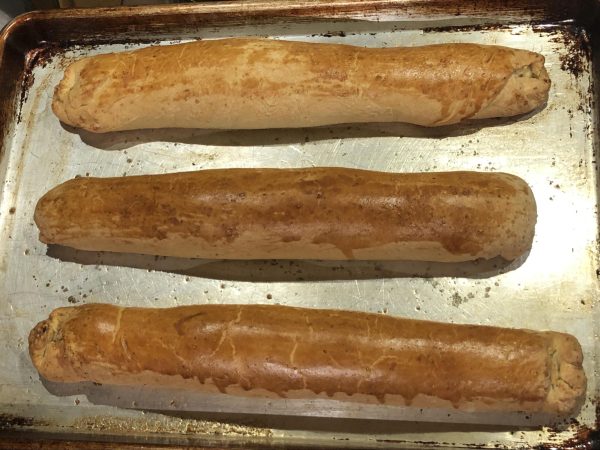
Her family eats it every Christmas, but makes it in early November. Each time, they make about 10-12 kolatche rolls, enough to save and eat on other occasions or give to people as gifts.
McKinlay’s mother and great-aunt are usually the ones to make the kolatches every year. Her great-aunt comes over with the recipe and they get to work. They first make the dough and roll it out, then they spread the sugar and walnuts over it. To finish, they roll it up like a cinnamon roll, which is McKinlay’s favorite part of the process.
Kolatche as a dish is very time-consuming to bake. “If you were a new baker, it would be super hard,” McKinlay said. “But if you had the basics and knew what you were doing, it’d be pretty simple.”
When she was younger, McKinlay’s family would pull out Christmas picture books while the kolatche baked, and they would pass the time by reading them together. McKinlay’s aunt also knows how to play the piano, and McKinlay will occasionally sing along with her music as she plays different pieces.
Once the kolatche comes out of the oven, it is cut into slices that resemble a yule log.
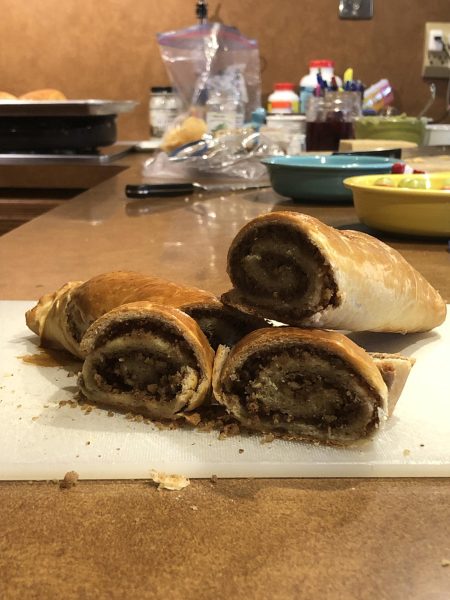
The finished product is a delicious kolatche roll that, while in a different shape than the traditional kolatche, is no less meaningful to Czech culture and the dessert’s history in America.
From the 1850s through the early 1900s, tens of thousands of Czech immigrants poured into Texas and other midwestern states, bringing their rich and colorful culture with them. They settled in their own communities, and kolatche flourished within them, though it was largely unknown to outsiders. When the Czech began to open bakeries selling kolatche, however, the pastry grabbed the attention of many Texans, and the dessert caught on quickly.
McKinlay’s own great-great-grandparents are much like the Czech settlers of the 1800s, being Czech immigrants who brought the recipe for kolatche with them to America. One of McKinlay’s cousins wrote up their family history and found that her great-great-grandparents came to America by boat as stowaways. In fact, this year, the McKinlay family is celebrating the 100th anniversary of their arrival in America.
“My great-great grandparents have been making it for a long time in Slovakia, and when they immigrated 100 years ago, they kept passing it down,” McKinlay said. “My mom has been making it for 20 years.” McKinlay’s great-great aunt Mary had the recipe in her head for years, and then in the 90s, her daughter Gin (McKinlay’s great-aunt) wrote down the recipe.
In 2003, McKinlay’s family had classes baking the kolatche in an attempt to revive the traditional family dish. Every year that they make it, they improve upon the recipe. They have a book called “Kolatche Khronicles” to document the stories and process from each time they make kolatche.
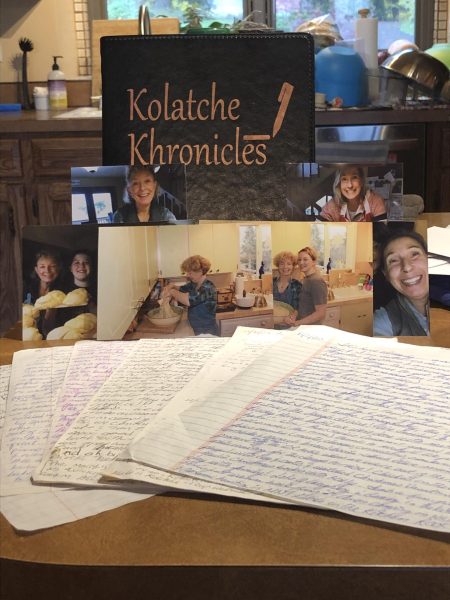
The McKinlay family also has another eccentric tradition that comes with baking kolatche. “They have different points where they pray over it. I’m not even kidding,” McKinlay said, giggling. “They roll it up into balls and then they pray over it, and then before it goes into the oven, they pray over it.”
Kolatche is featured on the table at McKinlay family events, though McKinlay herself won’t eat it if it has nuts in it. When asked to rate her family’s kolatche on a scale of 1-10, McKinlay said, “I’m gonna have to give it a one, only because it has walnuts in it, and I am not a nuts fan.” Luckily for her, McKinlay’s family does make a nut-free version of Kolatche for her, and she rates that one at a solid 8/10.
McKinlay’s mom has a tip for aspiring bakers of the McKinlay family kolatche: prepare to spend all day doing it, have snacks, and have patience. The recipe is attached here.
—
If you would like to volunteer a dish of your own, this is the link! All I will need from you is a brief interview about your personal history with the dish and a recipe. Signups are open to students and staff alike.


